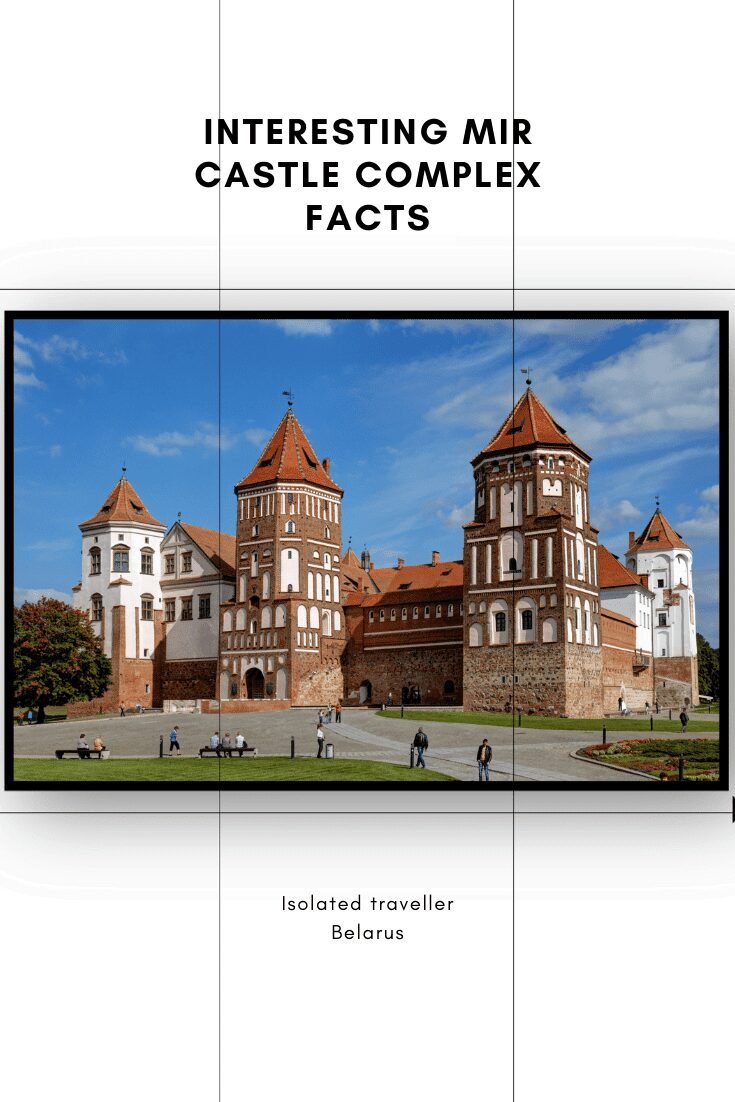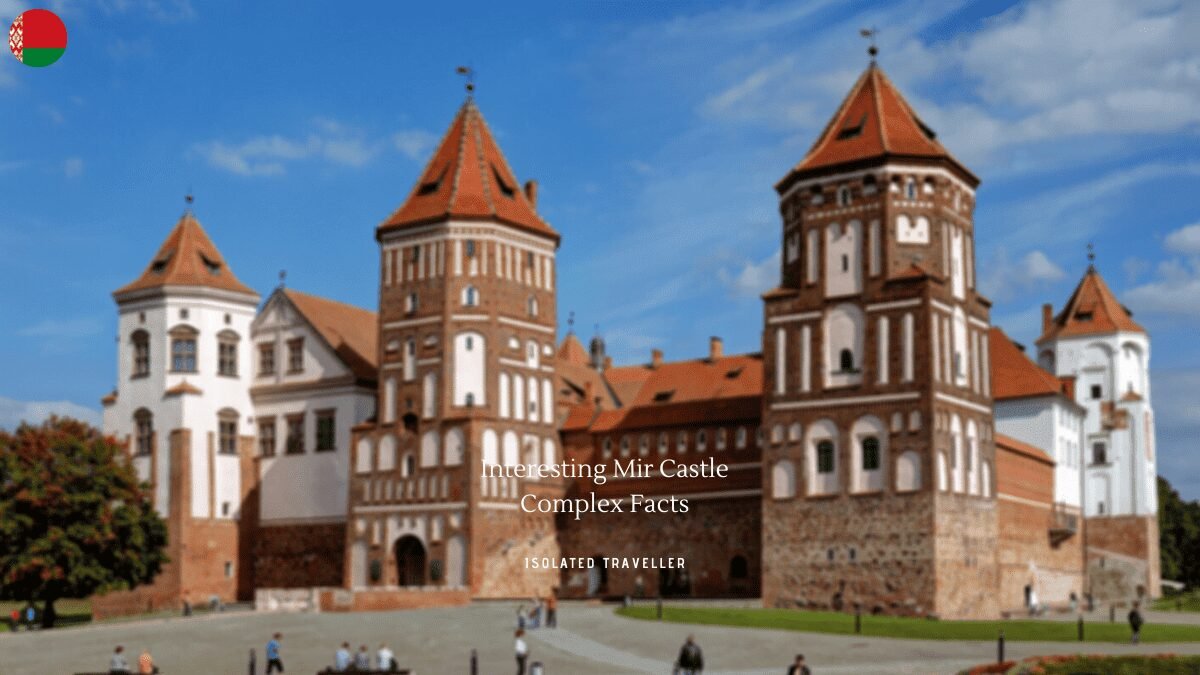Mir Castle Complex Facts
-
In December 2000, the Mir Castle was listed by UNESCO as a World Heritage Site.
-
Duke Juryj Ivanavič Illinič began construction of the castle near the village of Mir after the turn of the 16th century in the Polish Gothic style.
-
Mir Castle Complex is 164 metres (538 ft) above sea level.
-
In 1817, after the castle had been abandoned for nearly a century and had suffered severe damage in the Battle of Mir (1812), owner Dominik Hieronim Radziwiłł died of battle injuries and the castle passed to his daughter Stefania, who married Ludwig zu Sayn-Wittgenstein-Berleburg.
-
Mir Castle Complex is one of the few remaining architectural monuments of the former Polish–Lithuanian Commonwealth in contemporary Belarus.
-
Between 1944 and 1956, the castle was used as a housing facility, resulting in damage to the castle’s interior.
-
Mir Castle Complex located in the town of Mir in the Grodno region of Belarus.
-
An Italian garden was laid to the north of the walls and an artificial lake was established to the south.
-
Five towers surrounded the courtyard of the citadel, the walls of which formed a square of 75 metres (246 ft) on each side.
-
A subsidiary of the National Art Museum of the Republic of Belarus was located in the castle in 1992.


